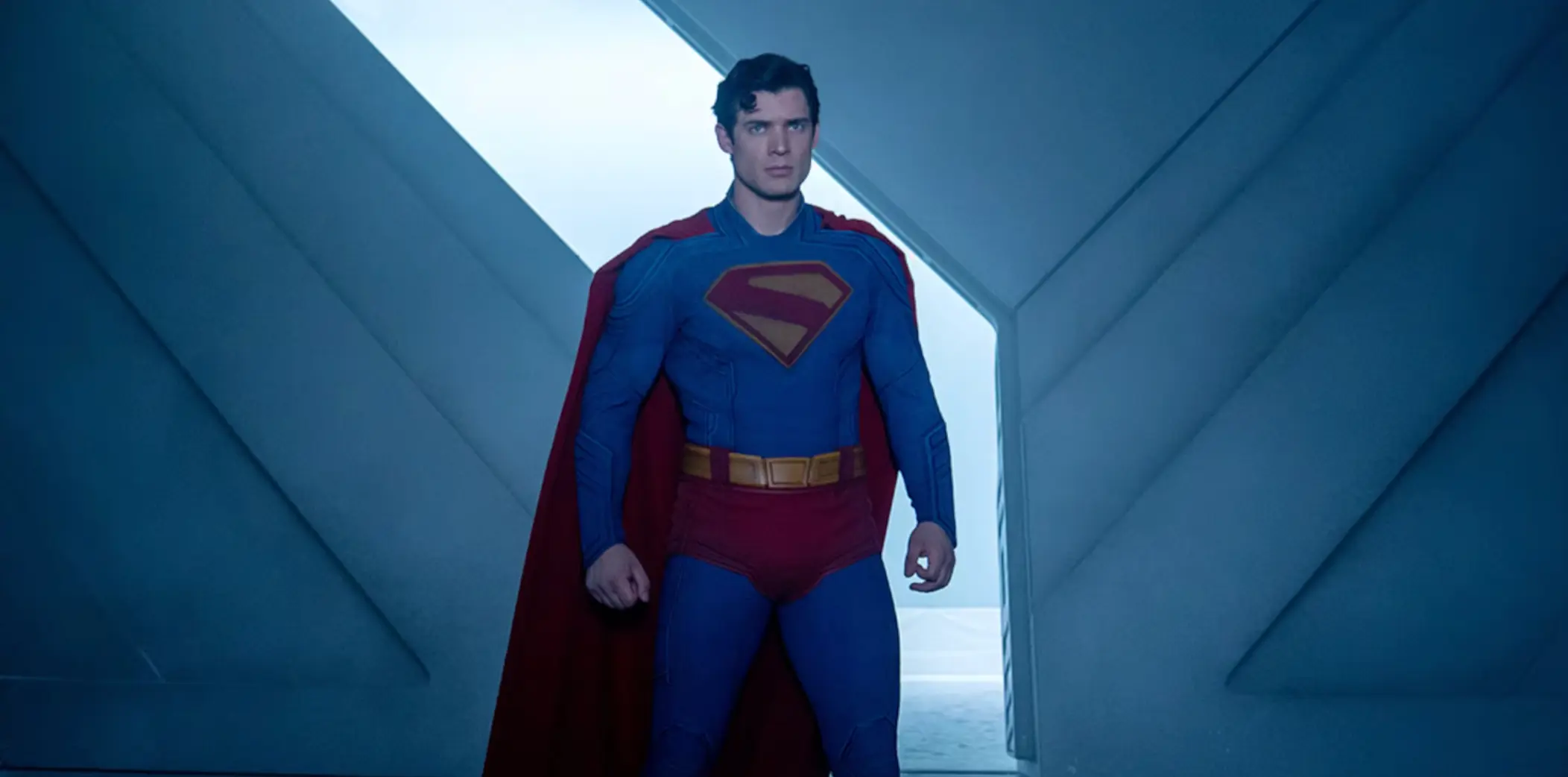How Marketing Helped Lego Become The Most Popular Toy Brand In The World
Updated on
Published on

LEGO, a household name synonymous with creativity and play, has a rich history dating back to the 1930s. Founded by Ole Kirk Christiansen in his Danish carpentry workshop, the name LEGO derives from the Danish phrase 'leg godt,' meaning 'play well.' This simple yet profound saying laid the foundation for what would become a global phenomenon in the world of toys. Lego, the iconic toy brand that has captured the hearts and imaginations of generations, owes much of its success to its meticulously crafted marketing strategy. From leveraging the power of nostalgia to digital innovation, Lego has built a strong brand identity that resonates with its diverse target audience.

In 1955, the company introduced the standardized LEGO System, revolutionizing the toy industry. This system featured interlocking plastic bricks with patented mechanics, including the iconic 'clutch power' that allows pieces to attach firmly yet be easily separated. Remarkably, these foundational elements remain compatible with today's LEGO sets, showcasing the enduring brilliance of LEGO's early innovations.
Central to LEGO's identity are its core values, meticulously crafted by Ole Kirk's son, Godtfred Kirk Christiansen. These values underscored the company's commitment to unlimited play potential, inclusivity, and uncompromising quality. Such principles not only guided LEGO's product development but also permeated every facet of the brand's ethos, cementing its place as a beloved and trusted name in the toy industry.
As LEGO's popularity soared, the company embarked on a journey of expansion and strategic partnerships in the 1960s. This period saw LEGO's international footprint grow rapidly, accompanied by ventures into various verticals, including the establishment of theme parks. However, recognizing the importance of focus, LEGO later divested its theme parks to concentrate on its core product while forging partnerships with industry leaders to enhance the LEGO experience.

The appointment of Jorgen Vig Knudstorp as CEO in 2004 marked a pivotal moment in LEGO's history. Knudstorp's visionary leadership brought about a renewed emphasis on operational efficiency, a reconnection with the brand's purpose, and proactive engagement with the fan community. This shift in leadership not only revitalized LEGO's internal culture but also set the stage for unprecedented growth and innovation.
A significant turning point came with LEGO's engagement with the Adult Fans of LEGO (AFOL) community in the mid-2000s. Recognizing the immense creativity and passion of adult enthusiasts, LEGO fostered collaboration through initiatives like Lego Ideas, where fans could submit product ideas for consideration. This inclusive approach not only empowered fans but also enriched LEGO's product offerings with fresh and innovative designs.
At the heart of Lego's marketing success lies its adeptness at tapping into the power of nostalgia. The brand's deep-rooted connection to childhood memories has played a pivotal role in its enduring popularity. By consistently evoking feelings of joy and creativity associated with Lego, the company has cultivated a sense of emotional attachment among consumers, fostering enduring loyalty and repeat purchases. Lego's ability to evoke fond memories of building and creating with its bricks has ensured that it remains a cherished part of many people's lives, transcending generations and cultural boundaries.
At the core of Lego's marketing success lies a profound understanding of the emotional connection people have with their childhood memories. Lego has effectively tapped into this nostalgia by consistently reminding consumers of the joy and creativity associated with playing with Lego bricks. By evoking memories of building imaginative worlds and structures, Lego has cultivated a deep emotional attachment that keeps customers returning to the brand time and again. Moreover, Lego's commitment to quality has been a driving force behind its enduring success. The brand's dedication to producing durable and reliable products ensures that customers can enjoy their Lego sets for years to come, further strengthening the emotional bond between consumers and the company.
In addition to leveraging nostalgia, Lego has excelled at forming collaborations and partnerships to expand its reach and attract new customers. By teaming up with popular franchises like Star Wars and Harry Potter, Lego has tapped into existing fan bases and sparked the interest of fans of these properties. These collaborations allow Lego to transform iconic characters and settings into brick form, enabling fans to recreate their favourite scenes and stories in a uniquely Lego way.
Beyond products, Lego actively engages with its community through initiatives like Lego Ideas, where fans can submit their own designs for potential Lego sets. This collaborative approach not only allows a sense of inclusivity but also empowers fans to become part of the Lego journey. Moreover, Lego's commitment to sustainability is commendable, with the brand taking significant steps to reduce its environmental impact by using plant-based materials for its bricks and packaging. By prioritizing sustainability, Lego not only aligns itself with the values of environmentally conscious consumers but also sets an example for other companies in the industry.
Lego's marketing efforts are carefully targeted to engage different demographics, from children to adults. For younger audiences, Lego has successfully adapted to the digital age, creating multi-platform experiences through animated TV shows, movies, and video games. These initiatives not only entertain but also impart valuable life lessons, such as teamwork and perseverance, resonating with both children and parents alike. In addition to targeting children, Lego recognizes the significant adult fan base it has cultivated over the years. By creating intricate sets and collaborating with popular franchises, Lego appeals to adults' love for nostalgia and creativity, offering products that cater to their specific interests.

In response to growing environmental concerns, LEGO embarked on a journey towards sustainability. From switching to sustainable materials for its core products and packaging to increasing the use of green energy in its operations, LEGO demonstrated a steadfast commitment to environmental responsibility. Looking ahead, LEGO remains poised for continued growth and innovation. With plans to triple the size of its digital team and embrace emerging trends like the metaverse, LEGO is committed to staying at the forefront of playtime innovation while staying true to its iconic brick-based heritage.
LEGO's remarkable journey from its humble beginnings to its status as a global superbrand exemplifies the transformative power of creativity, innovation, and unwavering dedication to core values. As LEGO continues to evolve and adapt to the changing landscape, its legacy as a beacon of imagination and possibility remains as strong as ever.







